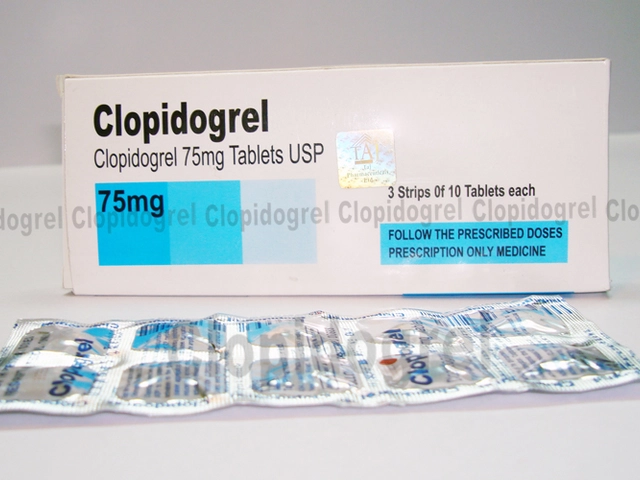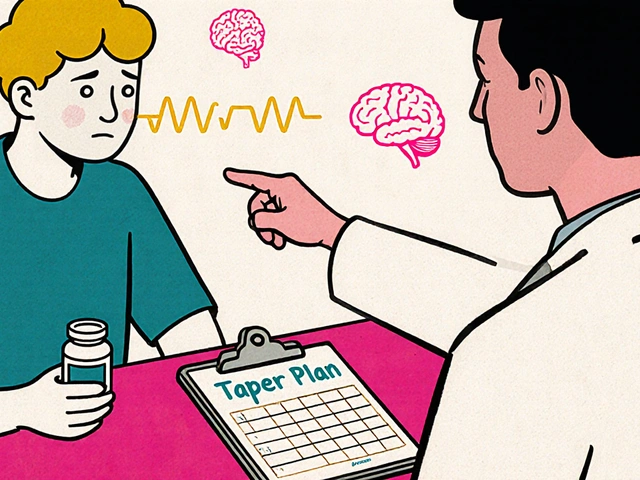Diabetes Made Simple: Save Money and Keep Your Sugar in Check
If you’re juggling blood sugar numbers and a tight budget, you’re not alone. Managing diabetes doesn’t have to drain your wallet or leave you guessing about what works. Below you’ll find clear steps to lower medication costs, practical habits to stabilize glucose, and quick pointers for everyday life. All the advice is grounded in what real people use and what works without fancy jargon.
How to Cut Diabetes Medication Costs
First, compare prices before you fill a script. Online pharmacy tools let you see the same drug at different stores, and many Aussie pharmacies offer bulk discounts for 90‑day supplies. If you have a PBS card, check the latest list; several common diabetes drugs are subsidised and can be up to 70% cheaper than private rates.
Second, ask your doctor about generic versions. For drugs like metformin or glibenclamide, generics are widely available and meet the same safety standards. Switching to a generic often drops the price by half or more. If you’re on a newer brand‑only medication, see if there’s a therapeutic alternative that’s covered.
Third, use prescription savings programs. Some pharmacies run loyalty schemes that add extra rebates on top of PBS savings. Signing up is quick, and the extra discount stacks with any existing subsidy. Don’t forget to bring your prescription to the pharmacy before the refill date; early refills can trigger price changes you’d miss otherwise.
Simple Daily Habits to Keep Blood Sugar Stable
Eating regular, balanced meals is the cornerstone of sugar control. Aim for a plate with half non‑starchy veggies, a quarter lean protein, and a quarter whole carbs. This mix slows glucose spikes and keeps you feeling full longer. Swapping sugary drinks for water or unsweetened tea can shave off hidden carbs that creep up your numbers.
Physical activity doesn’t have to be a marathon. A brisk 20‑minute walk after meals boosts insulin sensitivity and helps your body use glucose more efficiently. If you can’t fit a walk, try short bouts of activity like climbing stairs or doing light housework—any movement counts.
Monitoring your numbers at home gives instant feedback. Modern glucose meters store data, so you can spot trends without guessing. Check your reading before meals and two hours after eating; this pattern tells you which foods cause spikes and where you can adjust.
Finally, keep stress in check. Stress hormones can push blood sugar up even if you’re eating right. Simple breathing exercises, a few minutes of meditation, or chatting with a friend can lower stress levels and prevent unwanted sugar jumps.
By combining smart shopping for meds with these everyday habits, you can manage diabetes without breaking the bank. Keep this guide handy, try one tip at a time, and watch how small changes add up to big improvements in both health and savings.

Folic Acid's Role in Managing Megaloblastic Anemia for Diabetics
Folic acid plays a crucial role in preventing and managing megaloblastic anemia, especially in patients dealing with diabetes. Understanding how folic acid deficiency occurs is key to addressing this condition. It’s not just about popping a supplement; diet, lifestyle, and specific needs for diabetics can influence health outcomes. Managing anemia the right way can significantly improve one's quality of life. Let's delve into practical tips and insights on how folic acid can make a difference.




